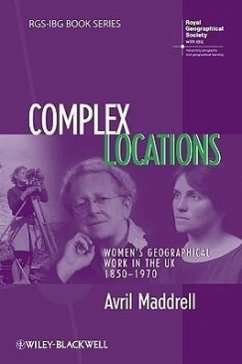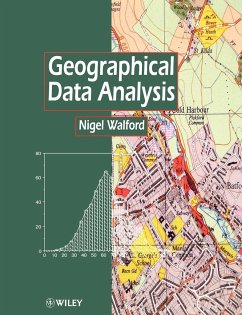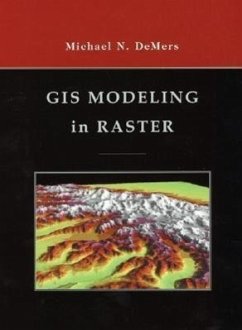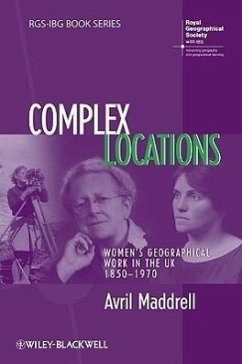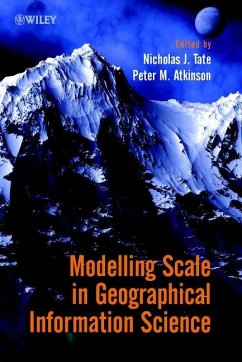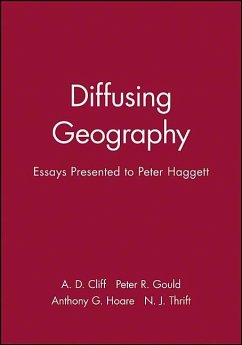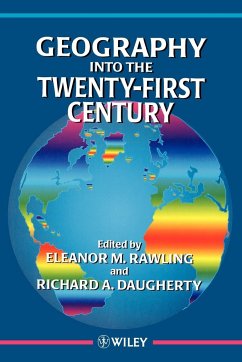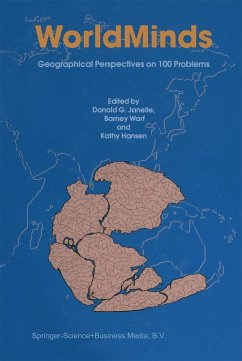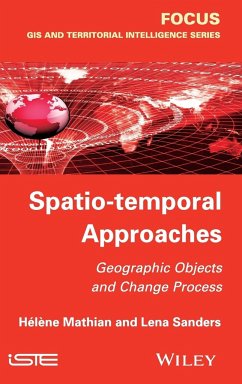
Simulation of Complex Systems in GIS
Versandkostenfrei!
Versandfertig in über 4 Wochen
168,99 €
inkl. MwSt.
Weitere Ausgaben:

PAYBACK Punkte
84 °P sammeln!
This book provides a comprehensive view of the field of geographical modeling by dividing the topic into three parts. The first part of the work establishes the foundations of geographical modeling through the use of more general concepts, including: structure, organization, system, geometries, topologies, metrics, material, and object. Finally, introduction of the concept of time leads to the theories of process and spatial interaction, which are fundamental in geography. The second part of the book tackles the use of computer tools for dynamic model building, which are the geographic cellula...
This book provides a comprehensive view of the field of geographical modeling by dividing the topic into three parts. The first part of the work establishes the foundations of geographical modeling through the use of more general concepts, including: structure, organization, system, geometries, topologies, metrics, material, and object. Finally, introduction of the concept of time leads to the theories of process and spatial interaction, which are fundamental in geography. The second part of the book tackles the use of computer tools for dynamic model building, which are the geographic cellular automata (GCA), and presents several models applied to various themes, such as urban growth, natural risks by flood simulations, as well as more political themes, such as the use of European funds, or the development of voting patterns in France. Finally, a general model of the geographic agents system (GAS) which can be used as a basis for the construction of a model-building platform for dynamic spatial models is presented.



